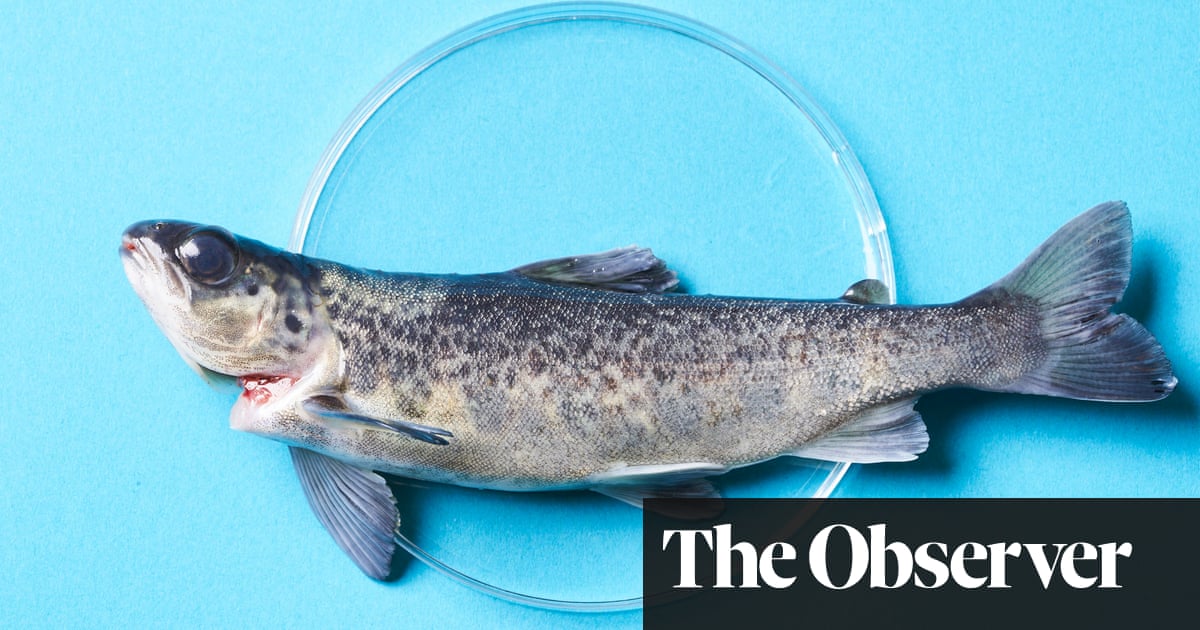A greener weed: the UK firm growing carbon-neutral cannabis | Cannabis


For 26 years, Olivier Dehon worked in the corporate sector, ending up as chief financial officer for Xerox in the UK and Ireland before retiring four years ago. Last month he delivered his first consignment of high-strength cannabis.
Dehon’s dope is legal and above board, produced to supply the UK’s burgeoning market for medical cannabis on prescription. What’s more, Dehon and his colleagues believe it is the first carbon-neutral indoor weed grown anywhere in the world.
They hope that their plan to produce carbon-neutral cannabis could show the way to securing the supply chain for all kinds of energy-intensive horticulture in the UK, as climate-related weather fluctuations increasingly imperil the supply from overseas, and soaring energy prices make production in the UK increasingly uneconomical.
Despite its reputation as a mind-altering drug beloved of hippies and other eco-conscious types, cannabis – and particularly illicit cannabis – is not very green. Indoor cultivation of 1kg of cannabis requires about 6,000kWh of energy, with a mammoth carbon footprint of 1,400kg, according to recent research by the European Monitoring Centre for Drugs and Drug Addiction, the EU’s drugs watchdog.
That means just one joint, rolled with a third of a gram of weed, has the same carbon impact as driving a plug-in hybrid electric car almost three miles.
Scaled up, the impact is humongous. In the Netherlands alone, the amount of electricity stolen for cannabis production in 2021 was about 1bn kWh, equivalent to the annual household electricity demand of Rotterdam, a city of 650,000 people.
Under the blindingly bright lights of Glass Pharms’ state-of-the-art £20m production facility nestled in a discreet location in the Wiltshire countryside, it is easy to see why. Hundreds of LEDs shine on to pallets loaded with cannabis plants, which make their way on rails through growing chambers. The air temperature is several degrees warmer than the cold winter air outside. All variables are controlled to produce the most perfectly balanced cannabis crop possible.
And yet the entire site functions without drawing a single electron from the National Grid. Glass Pharms’ production facility is situated next door to an anaerobic digestion plant, from which it sources all of its power and heat. One day, says Dehon, they hope to harvest the carbon-dioxide emissions from the methane biogas burned by the plant to feed their plants.
Mark Heley, Glass Pharms’ head of external relations, says: “The essential problem we’re solving is a problem which goes way beyond cannabis in the UK, which is how do we actually do energy intensive horticulture.”
To this end, the entire operation is designed according to the principles of circular economics. “What we’ve done here is we look at the fundamental problem, which is that if you’re growing plants indoors in the UK, in this climate, the factors that you’ve got to have are basically heat, power and, particularly in the case of cannabis, carbon dioxide,” Heley says.
“Since the outputs from an anaerobic digestion plant is power and then, effectively, the waste heat – we are talking about a very considerable amount of heat, more than a megawatt – and also it produces carbon dioxide, we’ve got inputs to our system that are not only the outputs of the adjoining plant, they are waste products of the adjoining plant.”
A host of other technologies are employed in giving Glass Pharms’ cannabis the lowest possible climate impact. All of the water used in the plant is captured rainwater, treated, stored and recycled in its own closed-loop systems. Even the air that flows across the plants inside the glass house is continually recirculated to preserve heat and optimum levels of humidity.
But why grow cannabis? Since a change in the law in 2018, after decades of prohibition, cannabis has been available on prescription to patients showing a genuine medical need.
Demand has grown rapidly: in the first nine months of 2023, nearly 24 tons of cannabis was imported to the UK, almost three times as much as in the whole of the previous year, according to government figures. But supply remains an issue: with all of the UK’s supplies of medical cannabis sourced from overseas, UK patients have to contend with shortages of supply or products going stale on the shelf.
That has left a lucrative market uncatered for, with a crop that is several orders of magnitude higher in value than red peppers – a margin that allows for innovation.
“You get more space to play,” says Dehon, Glass Pharms’ chief financial officer. “You could [grow peppers] but then the risk for an investor and for us goes higher and you have to be sailing a lot closer to the wind. The margin for error is a lot smaller.
“If you were to try to do cucumbers here, you would not be able to do it. Because the margin and the price at which you could sell a cucumber versus imported ones, you’ll struggle to be competitive. Even if everybody takes the minimum margin, and even if there’s no greedy corporate in the process, it doesn’t matter. You can’t make it work at this point.”
At some point, however, with climate-related weather chaos, it will have to work. This time last year the then environment secretary Thérèse Coffey suggested to MPs that UK consumers could switch to turnips after storms and cold weather in southern Europe and north Africa decimated yields of salad crops, and UK producers hit by rising energy costs warned that their operations risked going out of business.
“There’s a huge assumption in the UK that we will be able to import cheap food from los plasticos [plastic greenhouses] along the Spanish coast. That and Morocco are where we are sourcing cheap agriculture,” says Heley.
“As extreme climate events increase, those crops are failing more and more. And therefore what we’re seeing is less availability of produce in the UK supermarkets. So if we don’t do this – this kind of horticulture where the design of the greenhouse from its very fundamental principles is designed to be as energy efficient as possible – a future without salad is a real possibility for the country.”
Or weed.
Source link




